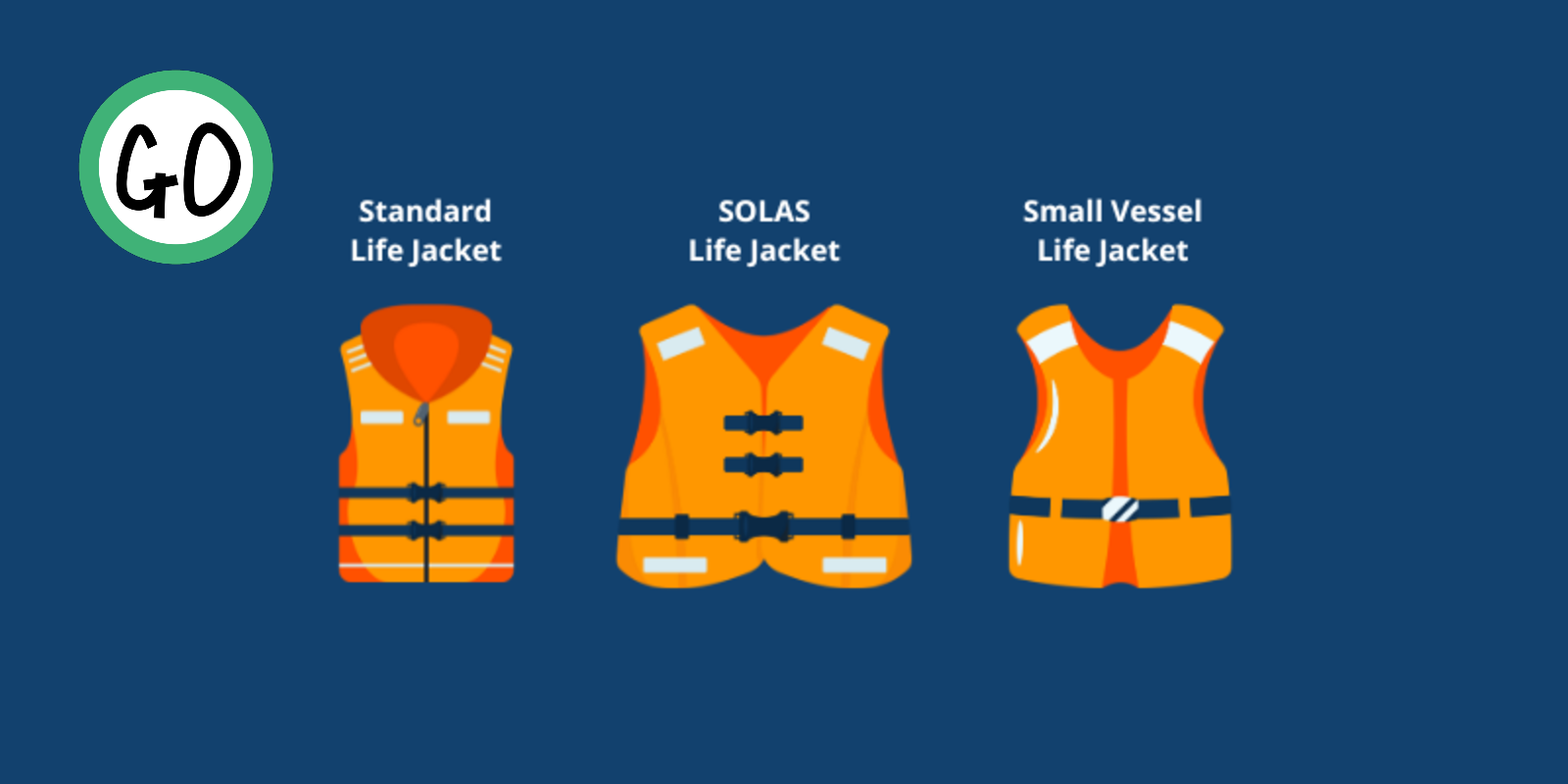Whether you’re heading out for a quick paddle across a quiet lake or embarking on a longer journey downriver, one rule remains constant: every person on board must have a properly fitted lifejacket or personal flotation device (PFD). This applies to all watercraft, including kayaks, canoes, paddleboards, and other human-powered vessels. It’s not just a recommendation—it’s the law.
Calm Waters Can Be Deceptive
Even the most tranquil-looking body of water can turn dangerous in an instant. A sudden gust of wind, an unexpected current, or a momentary lapse in balance can lead to a fall overboard. And when that happens, there’s no time to search for a lifejacket. Having one on—or within immediate reach—can mean the difference between a close call and a tragedy.
Safety Has No Age or Experience Limit
Whether you’re a seasoned boater or a first-time paddler, young or old, the water doesn’t discriminate. Accidents happen to everyone. That’s why it’s essential to treat every outing with the same level of preparation and respect. A properly fitted PFD is your first line of defense against the unexpected.
Be Prepared. Be Legal. Be Respectful.
- Plan ahead: Check your gear, weather conditions, and route before you launch.
- Follow the law: Carry the required safety equipment, including lifejackets for all passengers.
- Respect the water: Understand its power, unpredictability, and potential risks.
A few simple steps can prevent heartbreak and save lives. So before you push off from shore, ask yourself: Is everyone protected? Because safety isn’t seasonal, and it never takes a day off.
Lifejackets vs. PFDs: What You Need to Know
Not all flotation devices are created equal. Lifejackets and PFDs serve different purposes, offer varying levels of protection, and are regulated differently. Let’s break it down so you can make the safest choice for your adventure.
Lifejackets: Maximum Buoyancy, Maximum Safety
Lifejackets are designed to save lives in the most critical situations—especially if you’re unconscious or in cold water. They’re bulkier than PFDs but offer superior flotation and are strictly regulated for colour, performance, and buoyancy.
Transport Canada approves three types of lifejackets:
| Type | Key Features | Best Use Case | Size Categories |
|---|---|---|---|
| SOLAS Lifejackets |
– Highest safety standard globally – Turns wearer face-up even if unconscious – Available in foam or inflatable styles (manual, automatic, oral) – Must be red, orange, or yellow for visibility – Approved for all vessels |
Ideal for offshore or remote boating where rescue may be delayed | Over 32 kg (70 lb) and under 32 kg |
| Standard Type Lifejackets |
– Turns wearer face-up – Slightly less stringent than SOLAS – Approved for all vessels except SOLAS-class – Same visibility colour rules |
Great for general recreational boating | Over 40 kg (88 lb) and under 40 kg |
| Small Vessel Lifejackets |
– Lower buoyancy – May turn wearer face-up more slowly – Available in vest or keyhole styles – Must be red, orange, or yellow |
Best for small boats or short trips where comfort and portability matter | Three size categories |
Personal Flotation Devices (PFDs): Comfort Meets Function
PFDs are designed for ease of movement and long-term wear. They’re ideal for paddling, fishing, and other active water sports—but they offer less flotation and may not turn you face-up if unconscious.
Key features to consider:
- Activity-specific designs: Choose a PFD tailored to your sport—SUP, fishing, hunting, etc.—with features like gear pockets and flexible fit.
- Inflatable PFDs: Compact and comfortable, but not allowed for children under 16, people under 36.3 kg (80 lb), or personal watercraft operators. Must be maintained properly to function.
- Visibility: Bright colours (red, orange, yellow) are strongly recommended for easy spotting in emergencies.
- Fit & Fastening: Secure straps and snug fit are essential—especially in rough water or high-speed activities. A loose PFD can slip off or ride up.
Choosing the Right Flotation Device
Here’s how to match your gear to your needs:
-
Fit & Weight
-
Always choose a device rated for your weight.
-
For kids: snug fit, crotch straps, head support, and no more than 3″ (7.6 cm) gap at the shoulders.
-
-
Activity Type
-
Cold water, long trips, delayed rescue → SOLAS or Standard lifejacket.
-
Paddling, SUP, fishing → Comfortable PFD with mobility.
-
High-speed boating → Secure fit, multiple straps, durable materials.
-
-
Visibility
-
Bright colours, reflective tape, and optional lights increase your chances of being seen.
-
-
Face-Up Capability
-
Lifejackets are designed to turn you face-up if unconscious. Most PFDs are not.
-
-
Thermal Protection
-
Lifejackets offer better insulation. Cold water can cause shock and impair movement—choose accordingly.
-
-
Legal Approval
-
Look for Transport Canada, Canadian Coast Guard, or Fisheries & Oceans Canada approval labels.
-
Ensure the device is approved for your activity (e.g., inflatables have restrictions).
-
-
Comfort & Maintenance
-
If it’s uncomfortable, it won’t get worn. Choose wisely and inspect regularly—damaged gear won’t protect you.
-










